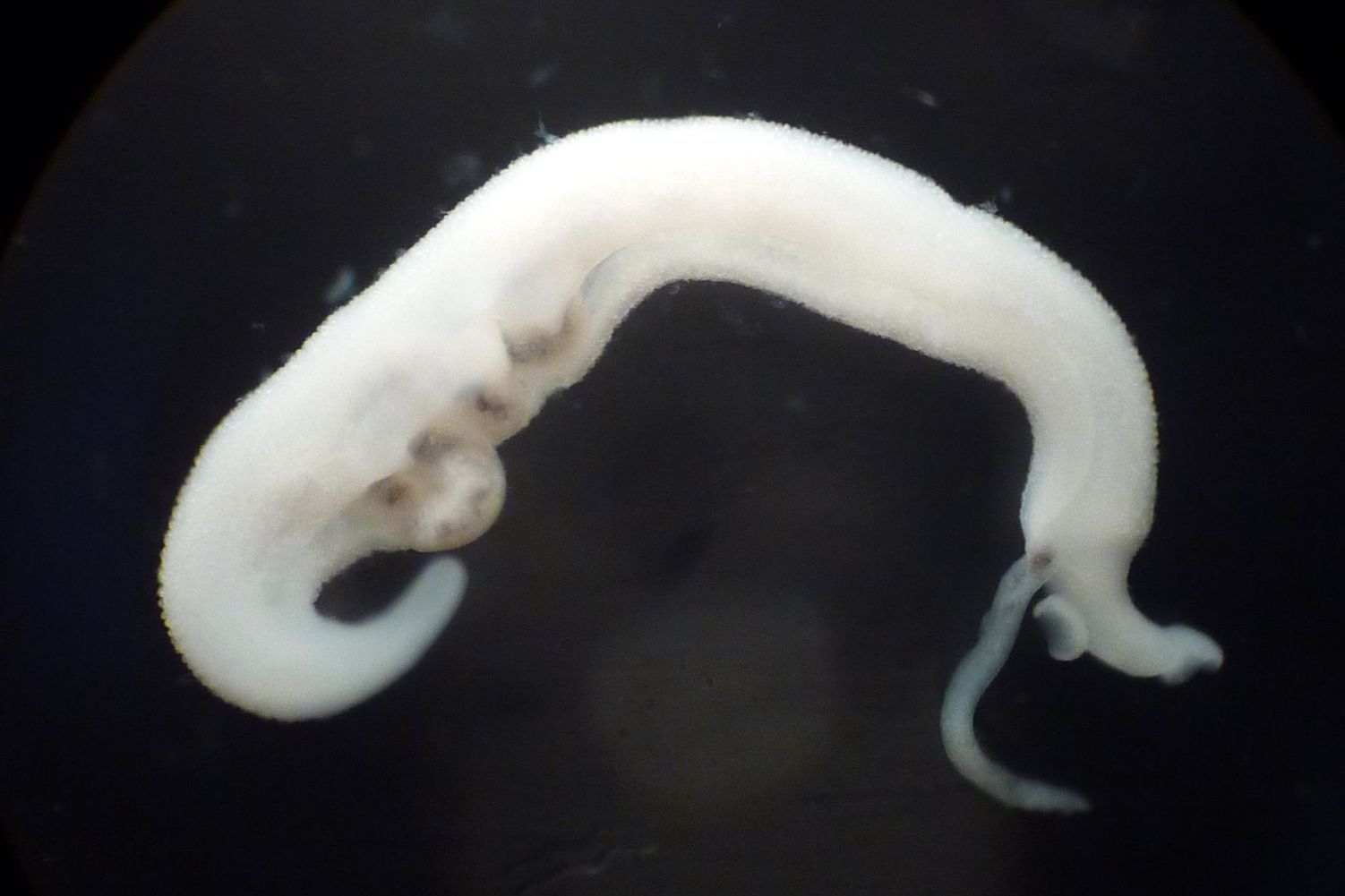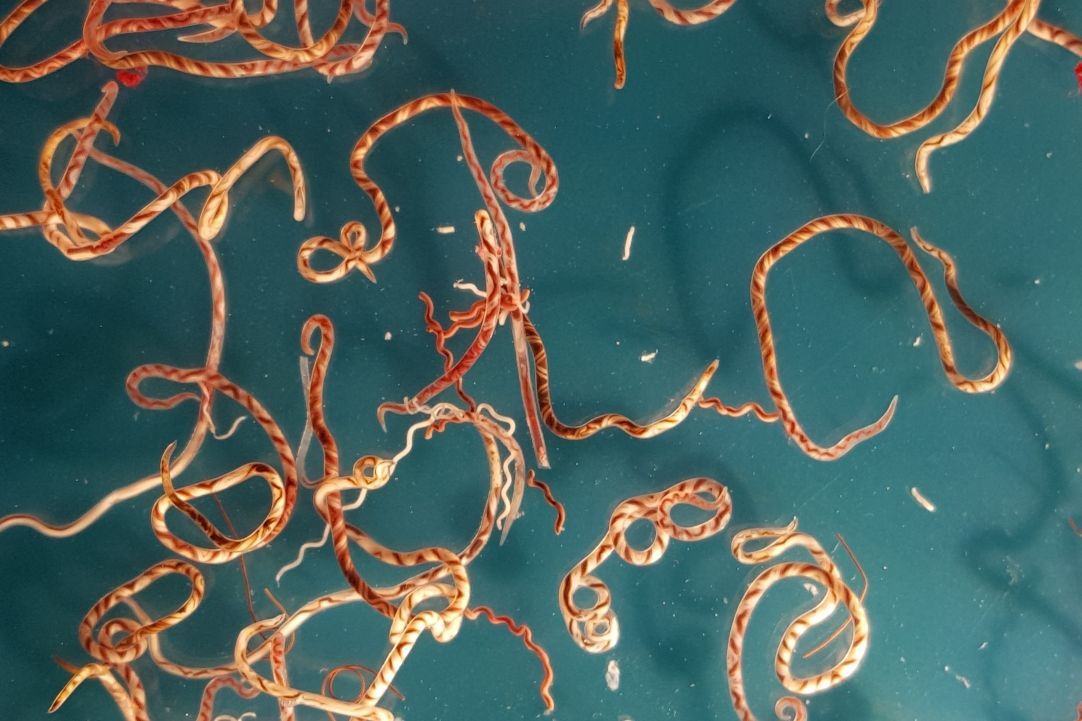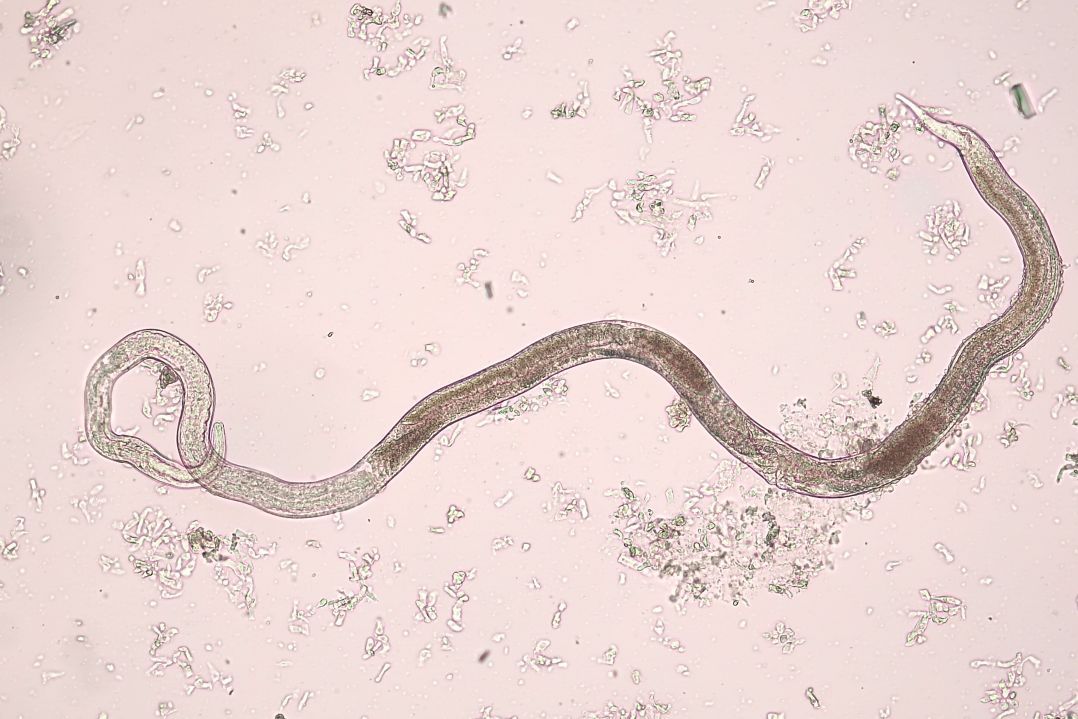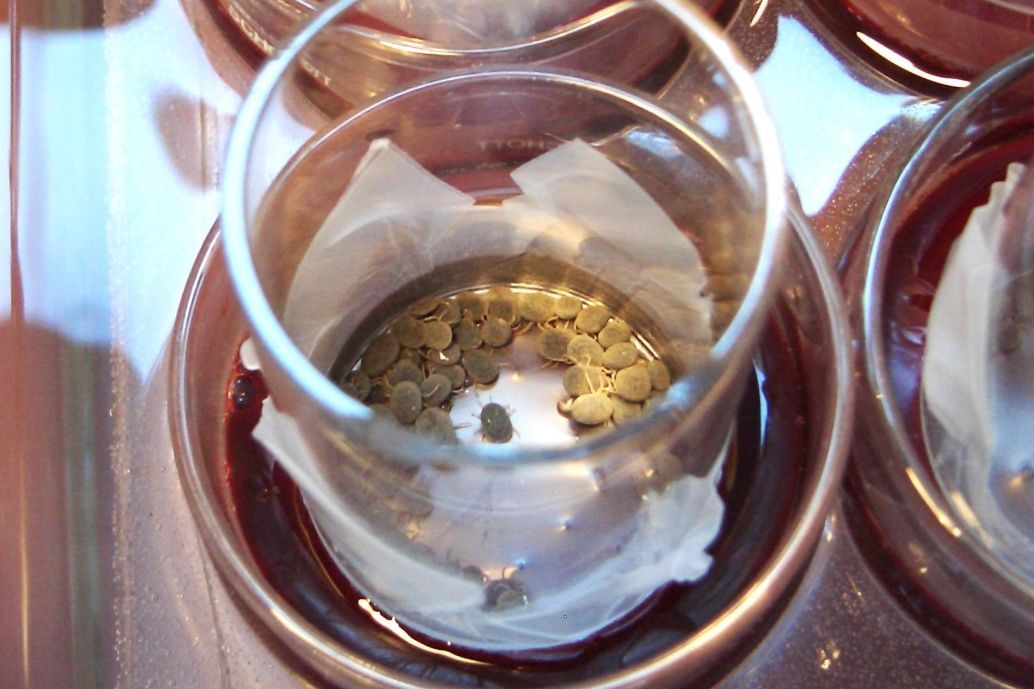Laboratories
BSL-2 Laboratories
The majority of the laboratories at Swiss TPH have the biosafety level 2 (BSL-2) to protect humans and the environment from hazards or damage that could be caused by the genetically modified, pathogenic or alien organisms used. It is our credo to study the real pathogens rather than substitutes or model organisms. Hence, we maintain a large collection of pathogenic microorganisms and helminths that we use to study pathogen biology and host-pathogen interaction, and to develop new drug and vaccine candidates.
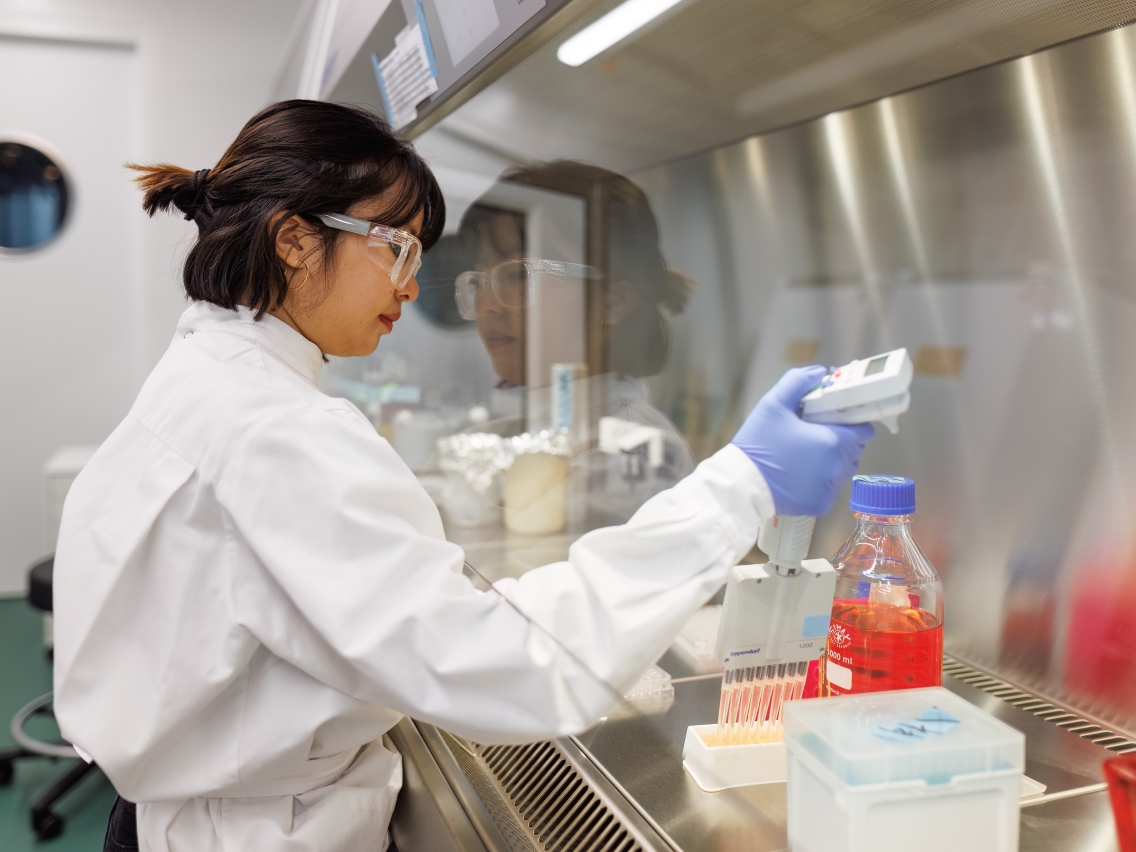
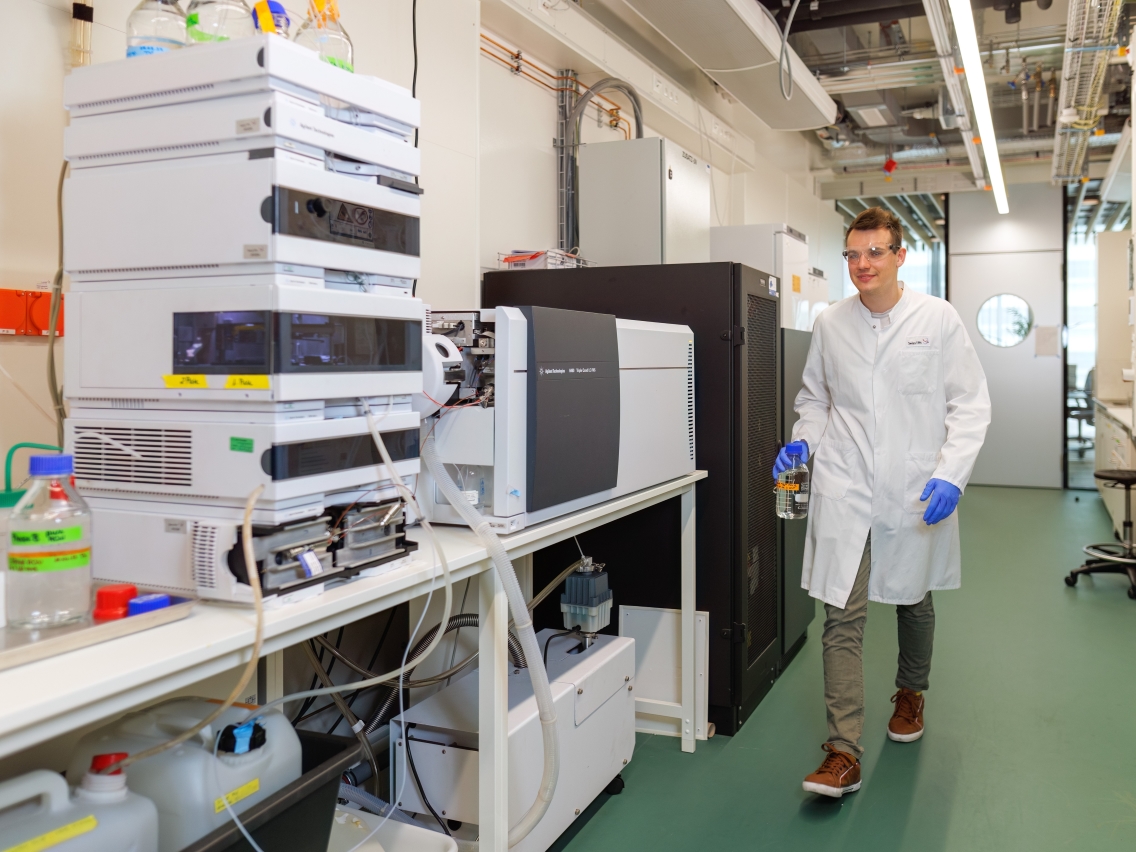

Central Laboratory
The central laboratory of Swiss TPH hosts several parasitic cycles that are used for drug development and testing, for example in the field of helminth research or as a source of antigens for diagnostics. Hosting a parasitic cycle includes the parasite at all stages of its life, the intermediate and the final host(s). The parasitic cycles we grow depend on ongoing research projects, but we have four permanent helminth cycles, namely Schistosoma mansoni, Angiostrongylus, Strongyloides ratti and Acanthocheilonema viteae.
